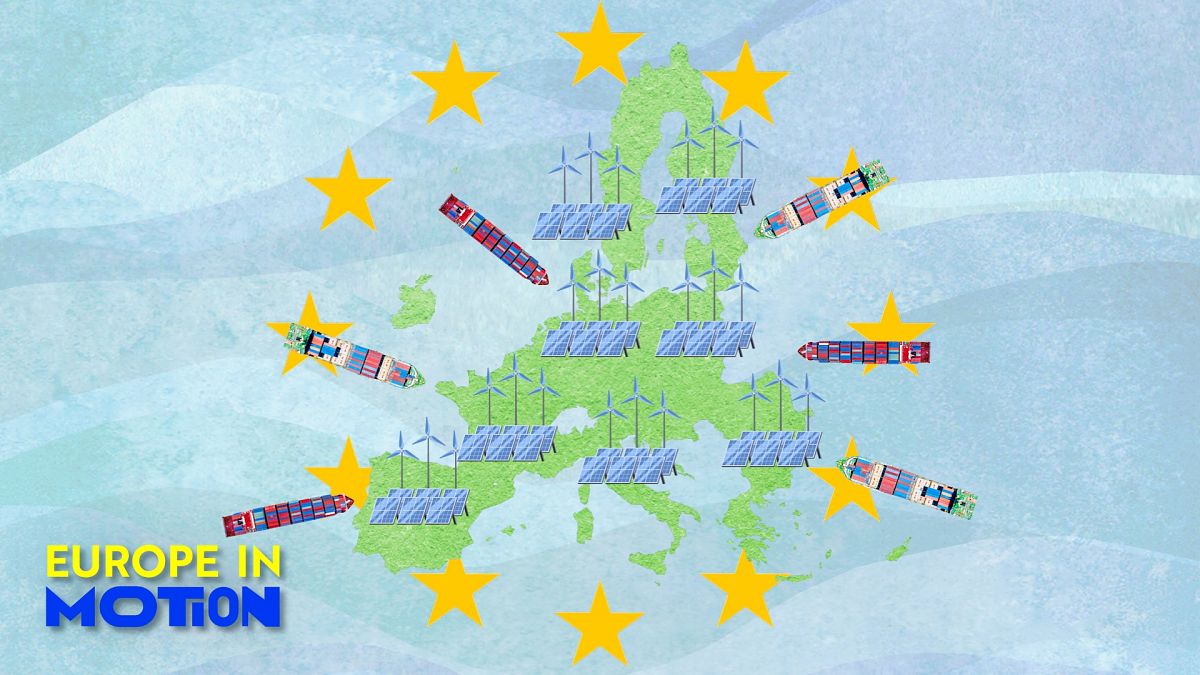The European Union’s exports of wind turbines, solar panels, and liquid biofuels have shown significant growth between 2002 and 2023, according to new data from Eurostat. However, the EU still has a long way to achieve a balanced import-export trade-off in the green energy infrastructure sector. Recent statistics indicate that the EU imports more green energy infrastructure than it exports, with member countries sourcing €19.7 billion worth of solar panels from outside the block, a 5% increase from the previous year. In contrast, EU solar panel exports totalled only €0.9 billion, highlighting the trade deficit in this area. Similarly, the biofuel trade-off is negative, with the EU importing €3.9 billion in liquid biofuels compared to €2.2 billion in exports to third countries.
EU exports of wind turbines, however, exceeded imports significantly, with exports valued at €2 billion, compared to imports amounting to €0.3 billion. Over the past year, wind turbine imports into the EU decreased by 66%, while liquid biofuel imports also showed a slight decrease of 2%. On the other hand, solar panel exports from the EU increased by 5% from 2022 to 2023, indicating a positive trend in this sector. Despite the positive growth in exports, the EU still has a long way to go to achieve a balanced trade-off in the green energy infrastructure sector.
China remains a dominant player in the export of solar panels to the EU, accounting for 98% of all exports in this category. Additionally, Beijing is a significant supplier of biofuels to the EU, contributing 36% of total imports in this sector. Other prominent biofuel partners for the EU include the UK, Brazil, and Malaysia. In terms of wind turbines, India holds the largest share of EU exports, accounting for 59% of the total. These statistics highlight the dependency of the EU on foreign suppliers for green energy infrastructure and the need to strengthen domestic production.
Despite the negative trade-off, EU exports of green energy infrastructure have been on the rise in both value and quantity. The highest growth in exports was noted in wind turbines, with a 49% increase in value and a 26% increase in quantity. Additionally, sales of liquid biofuels grew by 36% in value and 63% in quantity, signaling a positive trend in this sector. Solar panel exports also saw growth, increasing by 19% in value and 37% in quantity. These figures indicate a growing demand for EU green energy infrastructure products in international markets.
In conclusion, while the EU still faces challenges in achieving a balanced import-export trade-off in the green energy infrastructure sector, recent data from Eurostat shows positive growth trends in exports of wind turbines, solar panels, and liquid biofuels. The EU remains dependent on foreign suppliers, with China, India, the UK, Brazil, and Malaysia being significant players in the green energy sector. As the global demand for renewable energy continues to rise, the EU has an opportunity to strengthen its domestic production and reduce its reliance on imports. By focusing on sustainable energy solutions and promoting domestic manufacturing, the EU can work towards achieving a more balanced trade-off and promoting green energy initiatives on a global scale.










